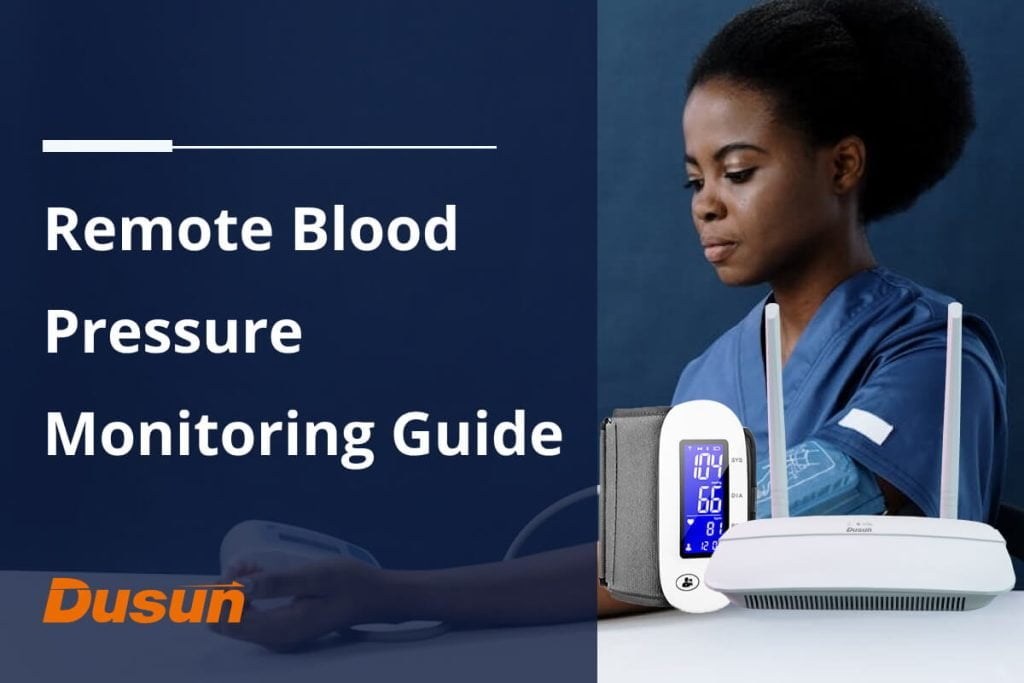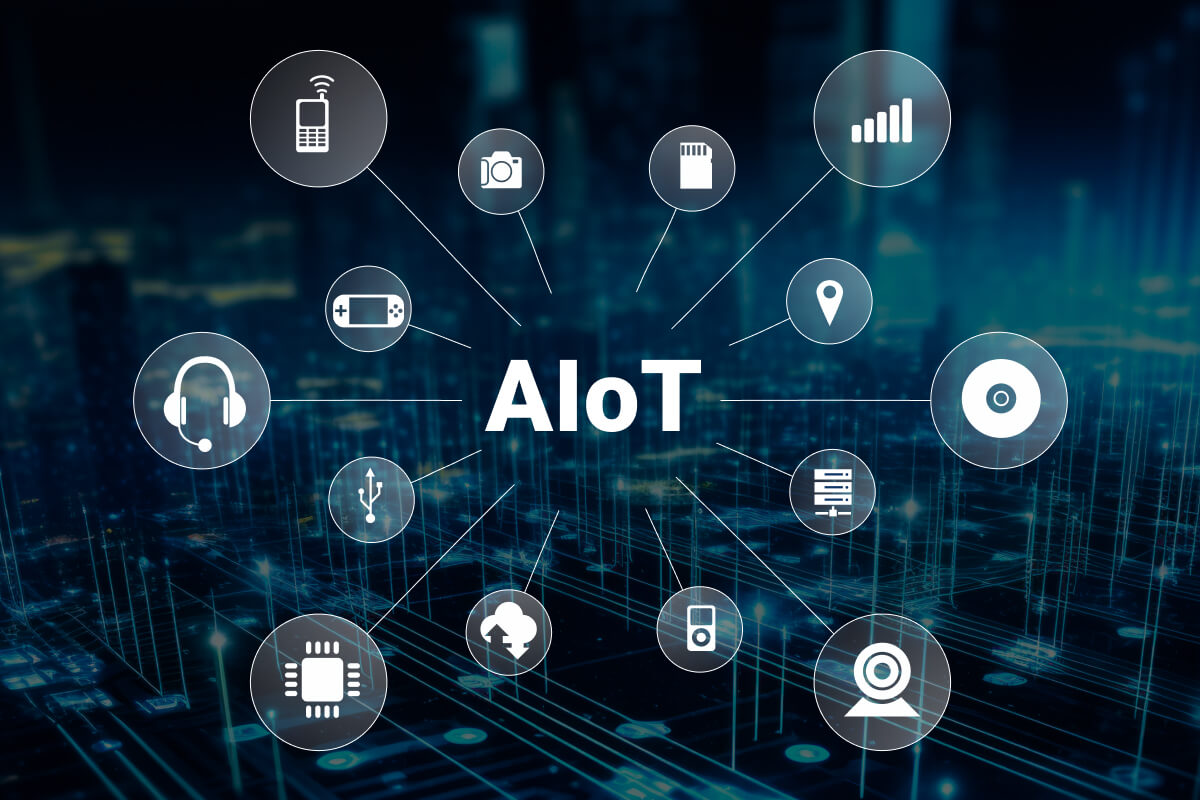The remote blood pressure monitoring system uses blood pressure sensors and IoT gateways as the core to help medical staff and patients know their blood pressure status at any time. Statistics show that approximately 46.6 percent of all people aged 20 and over in the United States had high blood pressure between 2017 and 2018①.
Since hypertension is one of the life-threatening risk factors, the health status of hypertensive patients needs to be monitored and intervention measures should be taken when necessary. This article provides a device list about remote blood pressure monitoring to help you use the Internet of Things to achieve health management.
What is high blood pressure and its risks?
Your blood pressure against your artery walls is known as blood pressure. Blood travels through arteries from the heart to the remainder of the body. Less than 120/80 mmHg is considered regular blood pressure. If a patient consistently has blood pressure readings of 140/90 mm Hg or higher, a healthcare expert will diagnose them with hypertension②.
Over time, high blood pressure typically increases. This might be the result of poor lifestyle decisions, like not engaging in enough regular physical exercise. High blood pressure is also more likely to occur in people with specific medical conditions like diabetes and obesity. Pregnancy can lead to high blood pressure as well. Hypertension is a chronic disease and the number one risk factor for death worldwide, affecting the quality of life of more than one billion people. Its derivative diseases include:
- heart attack
- heart failure
- kidney disease
- stroke
- vision loss
- sexual dysfunction
What is remote blood pressure monitoring device, and how to use it?
Remote blood pressure monitoring system generally includes two core hardware:
Blood pressure sensor
The pressure of the blood in the arteries is measured using a blood pressure sensor. It functions by identifying the vibrations that blood flow causes as it flows through the arteries and converting those vibrations into a digital or analog measurement that represents the blood pressure.
There are several different types of blood pressure sensors, including wrist, arm, and finger monitors. While arm monitors are frequently more precise and appropriate for clinical settings, wrist and finger monitors are generally smaller and more portable, making them simpler to use on the move.
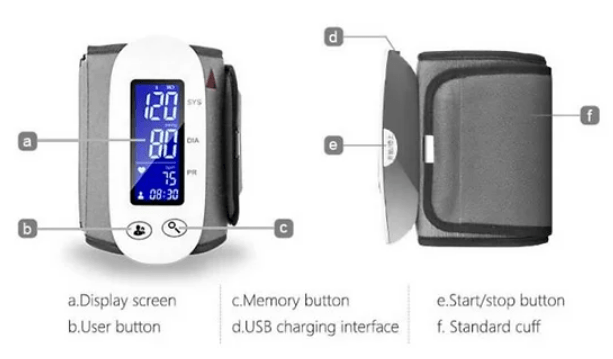
IoT Gateway
When linked to an IoT gateway, blood pressure monitoring sensors commonly employ wireless communication protocols like Bluetooth or Wi-Fi to send the smart gateway the blood pressure measurements. IoT gateways act as a central hub for sensor data, gathering and processing it before sending it to the cloud or other apps for additional processing and analysis.
The Dusun DSGW-021 Bluetooth Roaming Gateway uses software-defined and real-time computing to fulfill the need for remote patient monitoring. It accelerates healthcare AI systems that must adhere to strict latency, throughput, and power-efficiency requirements.
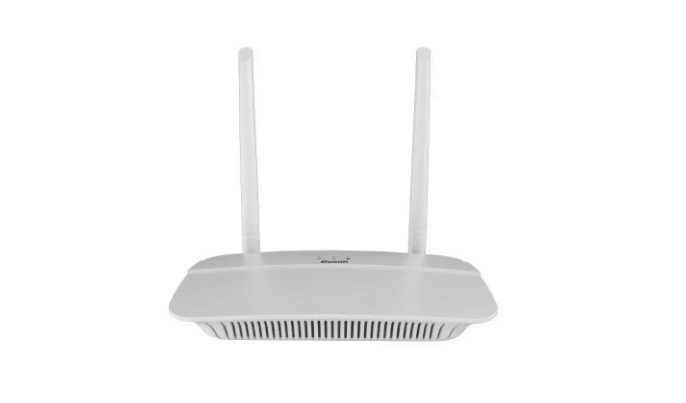
The innovative concept that an RPM system should be centralized with a bluetooth gateway in order to monitor patients located in remote areas was conceived by Dusun with the intention of contributing to the expansion of the medical industry’s capacity for demand.
Currently, three distinct kinds of Internet of Things gateways are prepared for installation and are ready to be used in a variety of use cases. These gateways include the basic RPM gateway, the Bluetooth Roaming gateway, and the Parkinson gateway.
Our FDA-approved remote patient monitoring devices are secure for patients, and the IOMT gateway allows the API interface and LUCI to make connections with a variety of platforms and systems, making it simpler to cloud-enable the device.
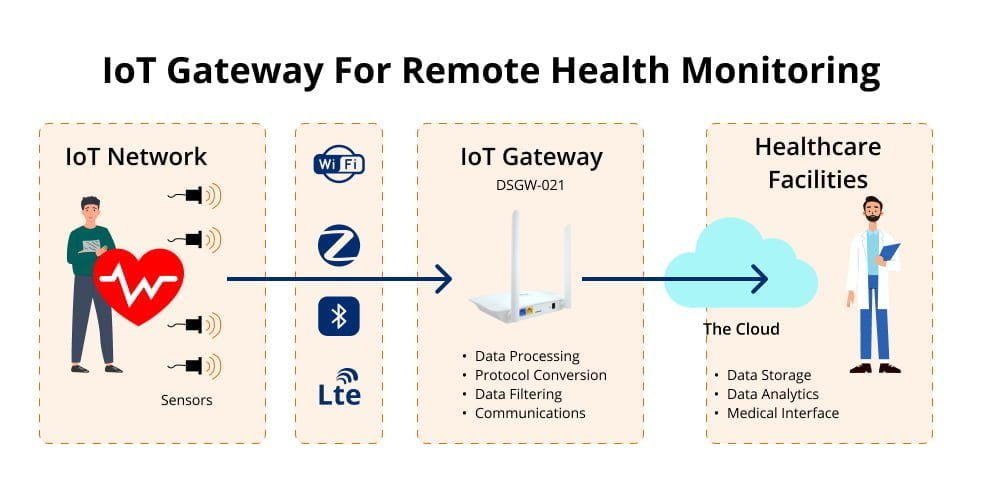
Hoes does remote blood pressure monitoring system work?
The workflow of the remote blood pressure monitoring system is divided into the following steps:
Sensor initialization
A button must be pressed or a set of instructions must be followed in order to turn on and initialize the blood pressure monitoring sensor and begin the measuring procedure.
Wireless pairing
A wireless connection, such as Bluetooth or Zigbee, is commonly used to associate the blood pressure sensor with the IoT gateway. Establishing a secure communication channel between the monitor and the IoT gateway is part of the pairing procedure.
Data transmission
The sensor may begin sending blood pressure data to the IoT gateway using a wireless protocol after it has been associated with it. The gateway gathers and analyzes the data, doing any necessary filtering or data aggregation.
Data storage
The gateway keeps track of the blood pressure values in a local database or buffer that other programs or services may access.
Data forwarding
The IoT gateway subsequently transmits the blood pressure measurements to mobile or Desktop apps and cloud services chosen by healthcare organizations for additional analysis, processing, or visualization.
You may also be interested in https://www.dusuniot.com/blog/remote-patient-monitoring-devices-improves-health-care/
The benefits of remote blood pressure monitoring
The use of remote blood pressure monitoring can be advantageous for both patients and caregivers. By promoting individualized value-based treatment, remote blood pressure monitoring expands healthcare beyond the clinical setting and into patients’ daily lives.
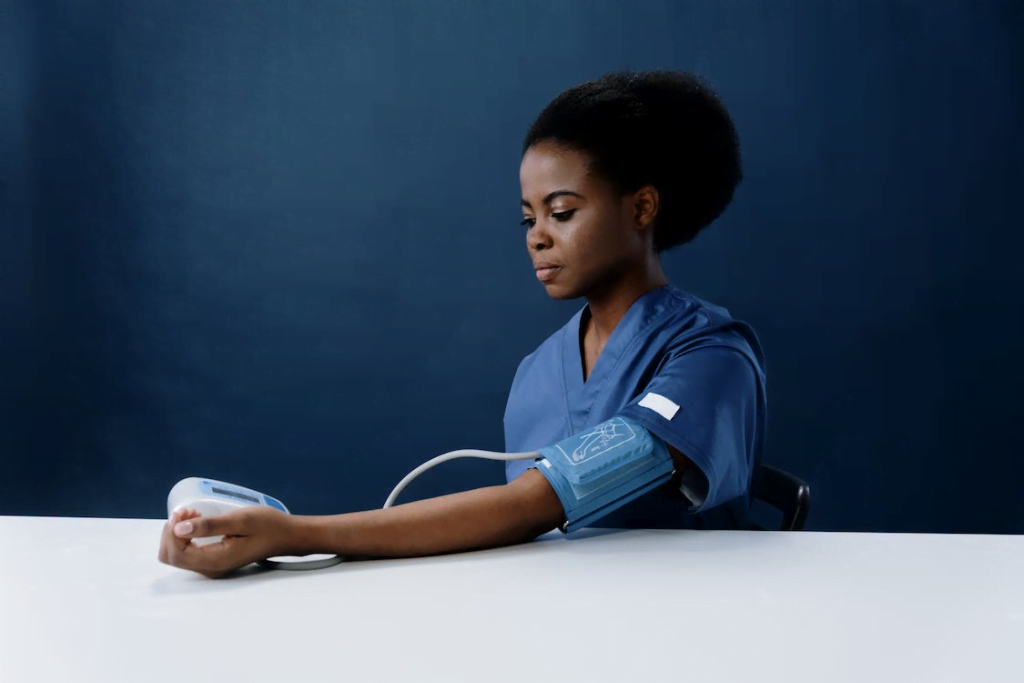
Improve clinical strategies
In the traditional ambulatory blood pressure monitoring operation, medical staff cannot check the data in time, and cannot effectively monitor the patient’s monitoring situation. It often occurs that the monitoring fails due to blank or insufficient data volume due to reasons such as cuff detachment, tracheal folding, and patient misuse.
The real-time upload feature allows medical staff to monitor at any time and intervene in advance, effectively avoiding the unstable factors in traditional ambulatory blood pressure monitoring. With remote patient monitoring, medical staff can see how a patient’s symptoms change over time, allowing providers to identify trends or alter a patient’s care plan accordingly.
Increase patient engagement
Remote blood pressure monitoring helps patients feel more involved in managing their health and encourages active participation. Remote blood pressure devices are easy to use and ready to ship right out of the box to patients. By making remote blood pressure monitoring as simple as possible, it allows patients to take regular blood pressure measurements. Patients receive readings and know their caregivers will be monitoring their health regularly, so they are more likely to stick to their treatment plan and adopt healthier behaviors.
Reduce medical costs
It has been demonstrated that remote blood pressure monitoring can greatly cut down on unnecessary hospital admissions and readmissions, as well as trips to the emergency room that could have been avoided altogether. Because of this, the high cost of inpatient treatments can be reduced because it makes it possible to transfer the monitoring of chronic care to the patient’s home.
Convenient terminal management
The blood pressure data will be automatically uploaded to the medical staff platform through the IoT gateway, and a monitoring report will be automatically generated. The monitoring platform manages the status of the device on one screen, which includes information such as the status of the device and power consumption, reducing the labor intensity of nurses. There is no need for nurses to renumber the managed equipment, and it is not necessary to fill in equipment usage records.
About Dusun IoT
Clinical personnel may monitor patient health more effectively by using remote blood pressure monitoring devices connected to IoT gateways. A patient’s blood pressure may be monitored remotely using an IoT-based system, allowing for the first steps toward informatization by facilitating patient engagement with medical professionals, facilities, and technology. Please don’t hesitate to get in touch with us by using the form on the side of the chat feature. Our experienced engineers will create a custom solution for you right now.
You may also be interested in Remote ECG Monitoring Using Bluetooth Gateway Parkinson’s Disease Monitoring With Bluetooth Gateway and Smart Watches
Remote blood pressure monitoring FAQs
How effective is home blood pressure telemonitoring?
There were a total of 13 875 cases in 46 randomized controlled trials. The office systolic blood pressure (BP) and diastolic blood pressure (BP) were reduced by HBPT by 3.99 mm Hg (95% confidence interval (CI): 5.06-2.93; P0.001) and 1.99 mm Hg (95% CI: 2.60 to 1.39; P0.001), respectively, as compared to usual care.
How do you feel when you have high blood pressure?
High blood pressure can cause moderate to severe headaches, anxiety, breathlessness, nosebleeds, palpitations, or the sensation of pulsations in the neck. All people should get their blood pressure checked annually because they are frequently the last indicators that high blood pressure has been present for some time.
Can Apple Watch measure blood pressure?
The Apple Watch cannot measure blood pressure on its own. Nowadays, halting the blood flow by first inflating a blood pressure cuff around your upper arm and then deflating it while listening for changes in your arteries is the only method that is both medically accurate and verified.
Is wrist blood pressure monitors accurate?
Fingertip blood pressure monitors, which you should avoid using, are less accurate than wrist blood pressure monitors. Bring your wrist cuff with you to your next appointment so that your doctor may compare it to one at the office.
Reference:
Elflein, J. (2023) Hypertension and high blood pressure U.S. 1988-2018, Statista. Available at: https://www.statista.com/statistics/186039/hypertension-and-high-blood-pressure-in-the-us-since-1988/
Pescatello, L.S. et al. (2015) Exercise for hypertension: A prescription update integrating existing recommendations with emerging research, Current hypertension reports. U.S. National Library of Medicine. Available at: https://www.ncbi.nlm.nih.gov/pmc/articles/PMC4589552/






